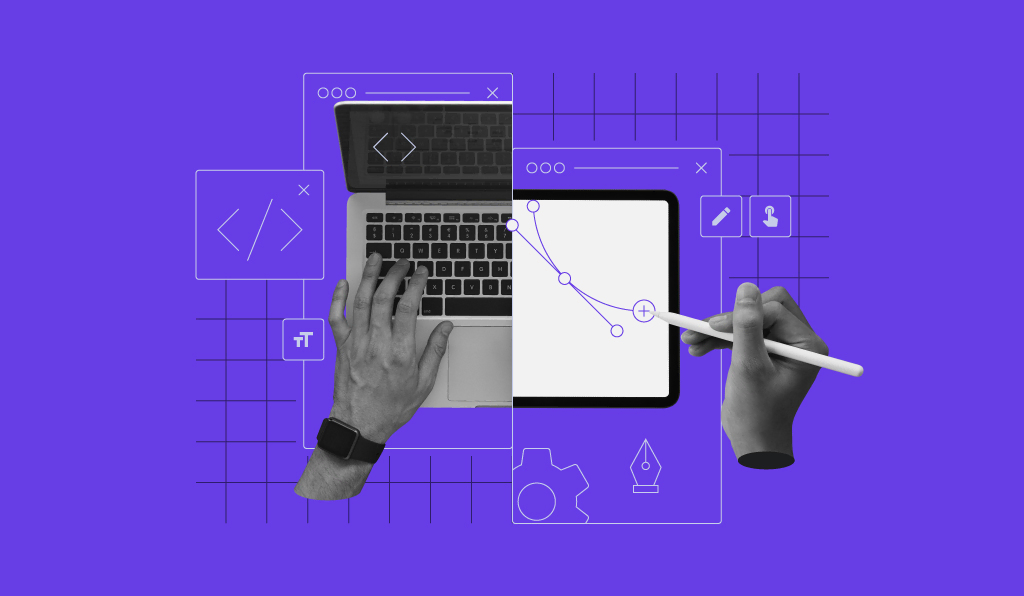How Web Design Johannesburg Professionals Can Raise Your Brand Identity
How Web Design Johannesburg Professionals Can Raise Your Brand Identity
Blog Article
Unraveling the Complexities of Responsive Website Design and Its Impact on Availability and Performance Across Various Tools
Receptive web design (RWD) has become a basic technique in developing digital experiences that are both accessible and practical across varied devices. By incorporating techniques such as fluid grids and CSS media queries, RWD not just improves customer engagement but additionally addresses critical accessibility problems for people with specials needs. As the landscape of electronic interaction remains to advance, comprehending the ramifications of RWD ends up being important. The complexities included in attaining this balance raising important concerns regarding ideal methods and possible pitfalls that call for additional expedition.
Recognizing Receptive Website Design
Responsive website design embodies the concept of flexibility, making sure that internet sites offer an optimum watching experience throughout a variety of devices and screen sizes. This approach employs versatile grids, formats, and pictures, allowing the material to dynamically adjust based on the individual's gadget. The rise of mobile web usage has made responsive style not just a trend, yet a necessity for modern internet development.
At its core, receptive website design stresses fluidness and scalability. By using CSS media questions, developers can customize designs to differing display dimensions, making sure that message continues to be understandable and photos are presented suitably. This technique suits the varied array of devices, from smartphones to large desktop displays, helping with smooth navigation and interaction.
Additionally, responsive internet design enhances individual interaction by reducing the need for too much zooming or horizontal scrolling, which can detract from the individual experience. By focusing on accessibility, organizations can reach a more comprehensive audience, guaranteeing that all users, despite device, can access material properly. Inevitably, understanding responsive internet layout is critical for developing web sites that are not just visually enticing but user-friendly and also practical throughout diverse platforms.

Secret Concepts of RWD
Highlighting flexibility and user-centric layout, the crucial concepts of responsive website design (RWD) focus on developing a seamless experience no matter of the device being used. One basic principle is fluid grids, which utilize relative devices like percentages rather than repaired dimensions. This strategy ensures that design elements adjust proportionally to differing screen dimensions, keeping visual coherence.
Another crucial concept is versatile pictures and media, which resize within their including elements. web design Johannesburg. By utilizing CSS techniques such as max-width, developers can avoid pictures from exceeding their parent containers, making sure that visuals stay sharp and appropriately scaled throughout devices
In addition, media questions play a crucial function in RWD, allowing developers to apply details CSS designs based on the attributes of the tool, such as elevation, alignment, and width. This capability makes it possible for tailored experiences that boost usability and interaction.
In addition, a mobile-first method is progressively preferred, where styles prioritize smaller displays and progressively boost for bigger tools. This concept not only maximizes performance however likewise deals with the growing prevalence of mobile browsing. Collectively, these concepts form the foundation of responsive website design, promoting a versatile and easy to use digital atmosphere.

Influence On Ease Of Access
The combination of receptive website design plays a critical duty in improving ease of access for all users. By adopting a flexible layout that adjusts to differing display sizes and orientations, receptive style ensures that web content continues to be quickly navigable and readable despite the tool used. This versatility is particularly significant for individuals with handicaps, that may rely upon assistive innovations that operate better when content is structured responsively.
Furthermore, receptive website design minimizes the probability of concerns such as horizontal scrolling, which can hinder users with motor disabilities or aesthetic problems. By giving a regular user experience across devices, developers can focus on access attributes such as keyboard navigation and display visitor compatibility, enabling for a more inclusive digital atmosphere.
Moreover, search engines significantly prefer receptive designs, which can boost visibility for individuals looking for see post obtainable web content. Therefore, organizations and services are motivated to adopt these practices not only to abide by availability requirements yet also to reach a broader audience. Eventually, receptive website design contributes in promoting equitable access to info and services throughout diverse individual groups, thus cultivating an inclusive electronic landscape.
Functionality Across Devices

Additionally, the performance of internet applications can vary considerably throughout tools. Mobile gadgets usually have actually restricted processing power and slower net links, which can influence filling times and general user experience. It is critical for designers to enhance pictures, scripts, and various other resources to ensure that efficiency stays regular and efficient, despite the tool being used.
In addition, the layout and framework of material need to adapt fluidly to different screen sizes to maintain use. This flexibility not just enhances individual involvement however likewise lowers disappointment, ultimately leading to greater retention prices. In summary, prioritizing functionality across devices is necessary for developing a comprehensive and reliable web visibility that caters to the diverse needs of customers.
Finest Practices for Application
Implementing receptive web design efficiently requires a critical method that prioritizes individual experience and availability. To achieve this, start by taking on a mobile-first design philosophy, which emphasizes developing an ideal experience check that for smaller sized screens prior to scaling up to larger gadgets. This approach makes certain that vital material is prioritized and that functions are seamlessly integrated.
Following, utilize liquid grids and versatile formats. Use relative systems, such as percents, rather than fixed systems like pixels - web design Johannesburg. This flexibility enables web content to resize dynamically based on the screen's dimensions, enhancing functionality across various tools
Furthermore, integrate media queries to use details CSS guidelines based on the qualities of the tool, such as resolution, size, and elevation. This targeted strategy allows for customized experiences that provide to the one-of-a-kind capabilities of each gadget.
Furthermore, prioritize ease of access by making sure that all interactive components are conveniently accessible via touch or key-board. Apply semantic HTML to enhance display viewers compatibility and preserve high comparison proportions for readability.
Verdict
In verdict, responsive web style serves as a foundational element in producing practical and obtainable digital experiences throughout varied gadgets. By incorporating liquid grids, adaptable photos, and CSS media questions, receptive style not just enhances user engagement yet also advertises fair accessibility to details for all people, consisting of those with impairments. Abiding by best methods in application makes sure that websites continue to be adaptable, eventually fostering an extra comprehensive electronic environment that satisfies the varying requirements of users.
Receptive web style (RWD) has emerged as a basic method in developing electronic experiences that are both practical and easily accessible throughout diverse devices.Receptive internet design personifies the principle of adaptability, making sure that sites offer an optimum viewing their website experience across a range of gadgets and screen sizes.Highlighting versatility and user-centric style, the crucial principles of responsive web style (RWD) revolve around developing a smooth experience regardless of the gadget being used.Capability across gadgets is a key consideration in internet layout, as customers engage with content via a variety of platforms, consisting of tablet computers, smartphones, and desktops.In conclusion, responsive internet style offers as a foundational element in developing functional and available electronic experiences throughout diverse tools.
Report this page